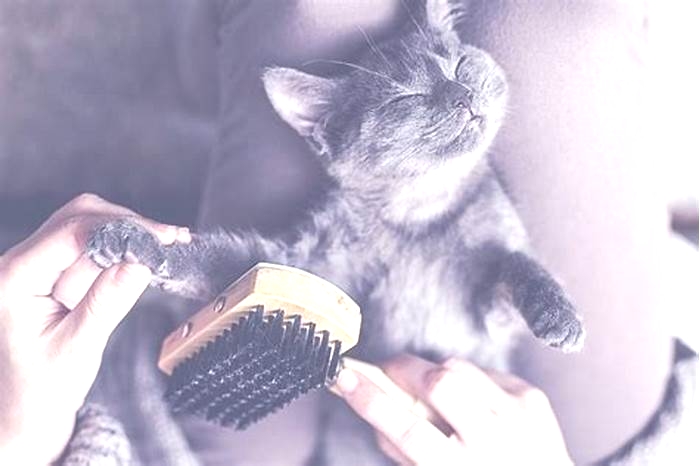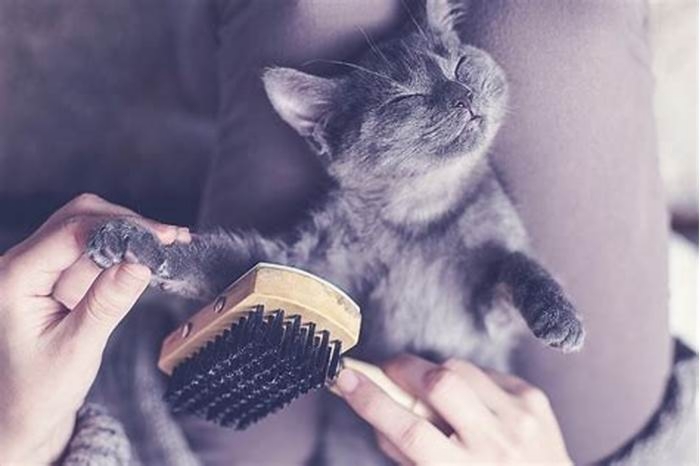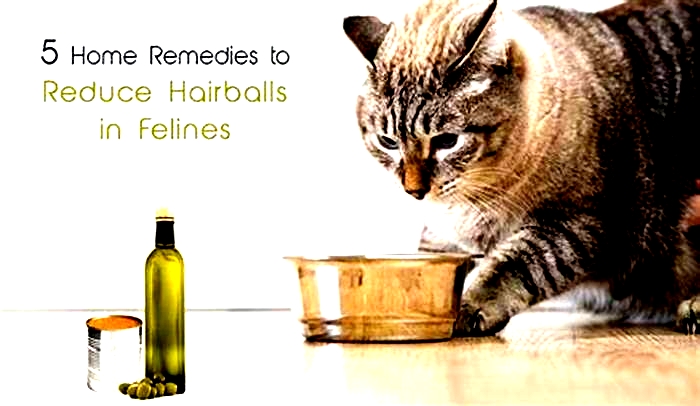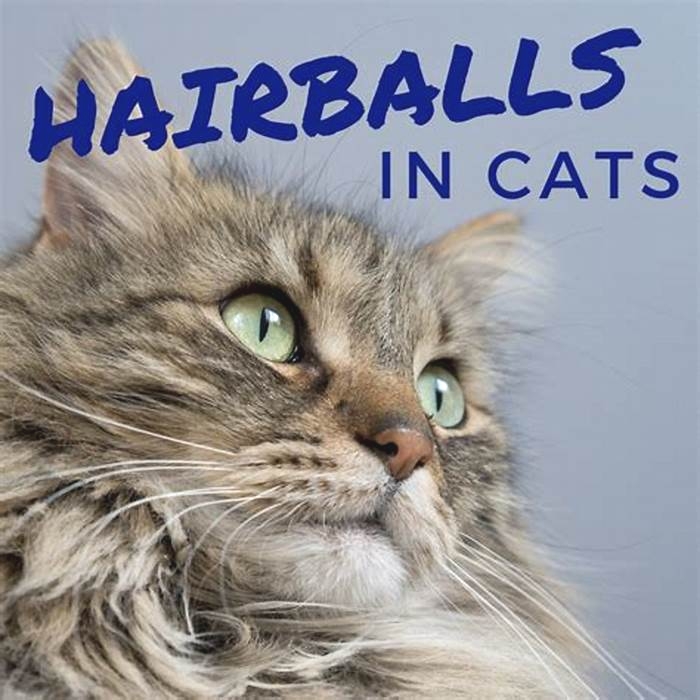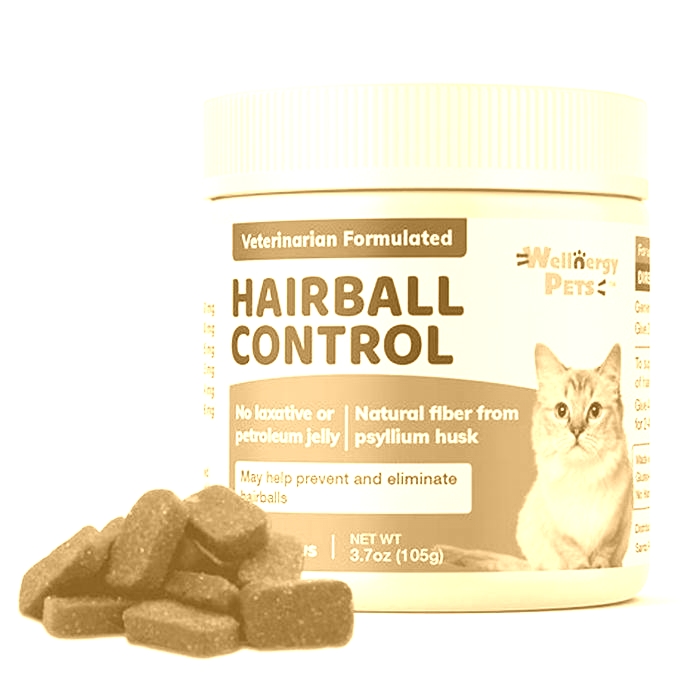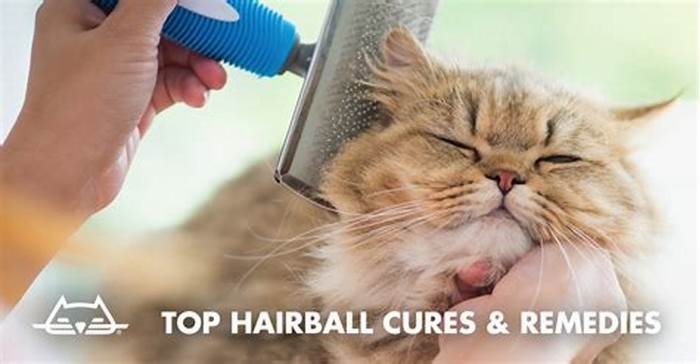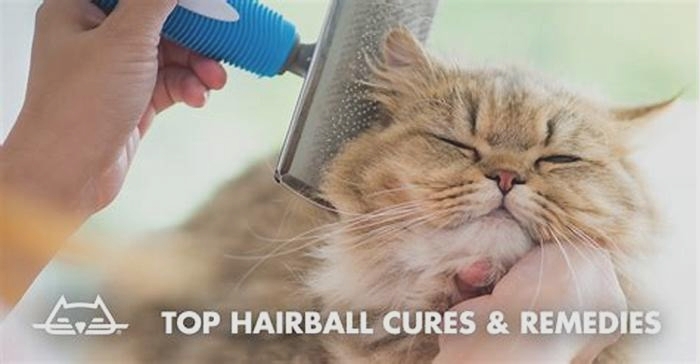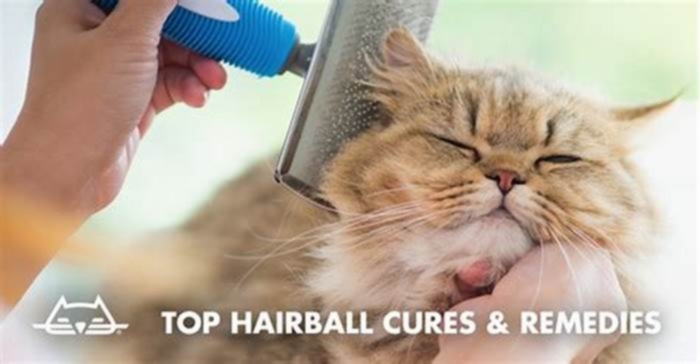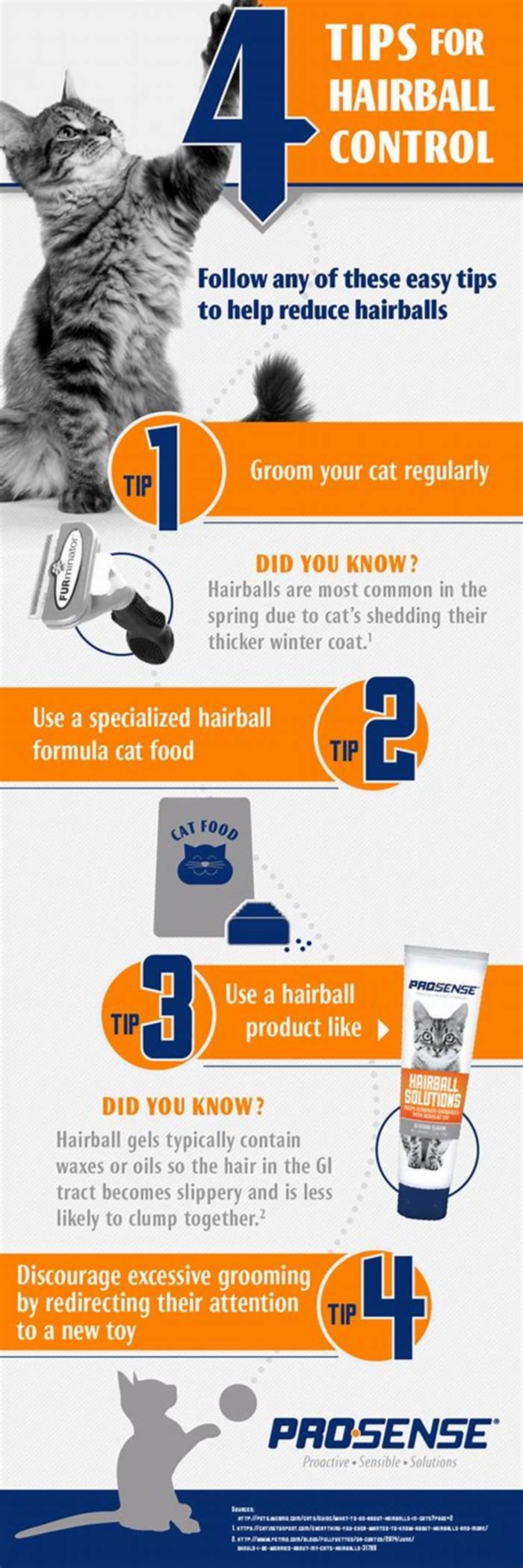Cat Care Understanding Hairball Control Treatments
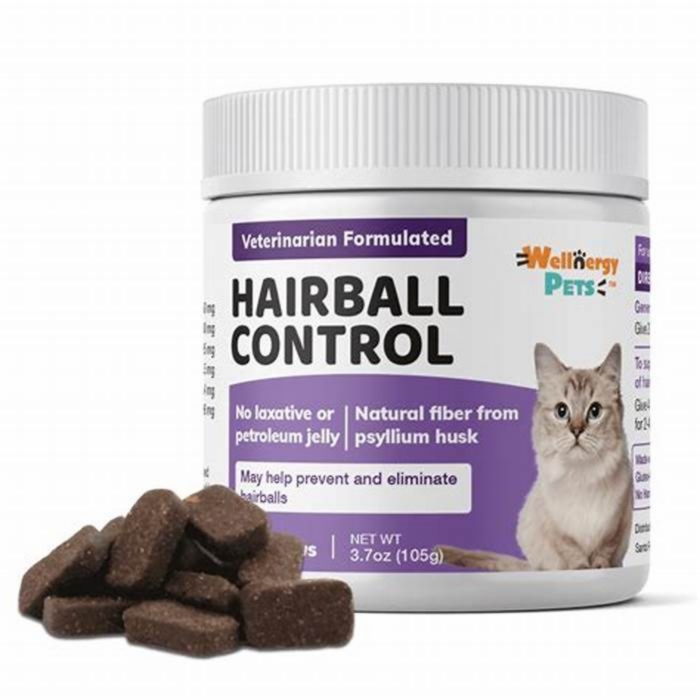
Preventing and Treating Hairballs in Cats: A Comprehensive Guide
Hairballs are a common issue that many cat owners have to contend with. These unpleasant clumps of fur can cause discomfort for your feline friend and create a mess in your home. Fortunately, there are ways to prevent and treat hairballs in cats. In this comprehensive guide, we will explore the causes of hairball formation, how to identify cat hairballs, differentiate them from other health issues, and provide effective management and treatment options. Additionally, we will discuss dietary solutions that can help reduce hairballs in cats.
Understanding Hairballs in Cats
Hairballs, medically known as trichobezoars, are formed when your cat ingests loose hair while grooming itself. Cats have rough tongues lined with tiny barbs called papillae, which help them remove dirt, debris, and loose fur from their coats. However, some of this hair is inevitably swallowed, and instead of passing through the digestive system, it accumulates in the stomach and forms a hairball.
A Closer Look at Cat Hairball Formation
When your cat ingests hair, it moves through the esophagus into the stomach. Normally, the hair passes through the digestive system and is eliminated in the feces. However, in some cases, the hair stays in the stomach and combines with other substances, such as undigested food and gastric juices, to form a hairball. Over time, these hairballs can grow larger and potentially cause blockages in the intestines.
It is important to note that hairballs are a natural occurrence in cats and are generally not a cause for concern. However, if your cat is experiencing frequent or severe hairballs, it may be a sign of an underlying issue that requires veterinary attention. In some cases, hairballs can cause discomfort, vomiting, or even obstruction of the gastrointestinal tract.
Common Causes of Hairballs in Cats
Several factors contribute to the formation of hairballs in cats. One common cause is excessive shedding, which occurs during seasonal changes or in cats with certain breeds or coat types. Additionally, cats that groom themselves excessively due to stress, anxiety, or boredom are more prone to hairballs. Long-haired breeds are particularly susceptible, as their coats require more maintenance and grooming.
Another factor that can contribute to hairball formation is the lack of moisture in a cats diet. Cats are naturally designed to obtain most of their hydration from their prey, which contains a high moisture content. However, many commercially available cat foods are dry and low in moisture, which can lead to dehydration and the formation of dry, compacted hairballs.
Regular grooming can also play a role in preventing hairballs. Brushing your cats coat regularly helps to remove loose hair and reduce the amount of hair your cat ingests while grooming. Additionally, providing your cat with a specialized hairball control diet or incorporating hairball prevention supplements can help to lubricate the digestive system and facilitate the passage of hair through the intestines.
It is important to create a stimulating environment for your cat to prevent excessive grooming due to stress or boredom. Providing plenty of toys, scratching posts, and interactive playtime can help to redirect your cats energy and reduce the likelihood of excessive self-grooming.
In conclusion, while hairballs are a common occurrence in cats, understanding the causes and taking preventive measures can help to minimize their frequency and severity. Regular grooming, a balanced diet, and a stimulating environment are key factors in preventing hairball formation and ensuring your cats overall well-being.
Identifying Cat Hairballs: What to Look For
Recognizing the presence of hairballs in your cat is essential for prompt treatment. Understanding their appearance and the signs your cat may exhibit can help you differentiate hairballs from other health issues.
Recognizing the Appearance of Cat Hairballs
Hairballs typically have a cylindrical shape and are cylindrical in appearance. They range in size, but are usually around one to two inches long. Hair can be seen sticking out of the hairball, resembling a tangled mass of fur. Sometimes, hairballs may be accompanied by a small amount of undigested food or mucus.
When examining your cats hairball, you may notice various colors and textures. The hairball can contain a combination of your cats fur, saliva, and digestive fluids. The color of the hairball can vary depending on the color of your cats fur. For example, if your cat has black fur, the hairball may appear darker in color.
Additionally, the texture of the hairball can provide insights into your cats grooming habits. If the hairball is tightly packed and solid, it may indicate that your cat is grooming excessively and ingesting a significant amount of fur. On the other hand, if the hairball is loose and less compact, it may suggest that your cats grooming routine is not as thorough.
Signs Your Cat May Have Hairballs
While hairballs are relatively common in cats, it is important to observe your cats behavior and look for signs that may indicate a hairball problem. Some common signs include frequent coughing or hacking sounds, vomiting without food, retching, lack of appetite, constipation or diarrhea, and changes in grooming habits. If you notice any of these symptoms, it is advisable to consult your veterinarian for a proper diagnosis.
Coughing or hacking sounds are often the most noticeable signs of a hairball issue. Your cat may make these sounds as they try to expel the hairball from their throat. It is important to note that not all coughing or hacking sounds are related to hairballs, so it is crucial to monitor your cats behavior and look for other accompanying signs.
Vomiting without food is another common sign of hairballs. When your cat vomits, you may notice a cylindrical mass of fur along with some mucus. This is a clear indication that your cat is experiencing difficulties in passing the hairball through their digestive system.
Furthermore, changes in appetite can also be a sign of hairballs. If your cat suddenly loses interest in food or shows a decrease in appetite, it could be due to the discomfort caused by the hairball. The presence of a hairball in the stomach can make your cat feel full or nauseous, leading to a loss of appetite.
Constipation or diarrhea can also be associated with hairballs. The hairball may obstruct the normal passage of stool, resulting in constipation. On the other hand, if the hairball irritates the digestive tract, it can cause diarrhea. Both conditions can be distressing for your cat and should be addressed promptly.
Lastly, changes in grooming habits can indicate the presence of hairballs. Cats are known for their meticulous grooming routines, and any sudden changes in this behavior may be a cause for concern. If your cat starts grooming excessively or avoids grooming altogether, it could be a sign that they are experiencing discomfort or pain associated with hairballs.
Differentiating Cat Hairballs from Other Health Issues
Although hairballs are a common occurrence, it is essential to differentiate them from other health issues that may require different forms of treatment. Two common conditions that often resemble hairballs are feline asthma and vomiting.
Cat Hairballs vs. Feline Asthma: How to Tell the Difference
Feline asthma is a respiratory condition that affects the airways of cats, causing coughing, wheezing, and difficulty breathing. While cats with hairballs may exhibit coughing, it is usually less severe and is primarily associated with the act of expelling a hairball. However, it is important to note that feline asthma can sometimes be mistaken for hairballs, especially if the coughing is mild or infrequent.
When trying to differentiate between hairballs and feline asthma, there are a few key factors to consider. Firstly, observe the frequency and intensity of the coughing episodes. Cats with hairballs typically have occasional coughing fits, especially after grooming themselves. On the other hand, feline asthma often presents with more frequent and persistent coughing, even in the absence of hairballs.
Another important aspect to consider is the presence of other respiratory symptoms. Cats with feline asthma may exhibit wheezing, rapid breathing, or even open-mouth breathing. These symptoms are not typically associated with hairballs. If your cat consistently coughs or experiences difficulty breathing without producing a hairball, it is important to seek veterinary attention to rule out feline asthma.
Cat Hairballs vs. Vomiting: Distinguishing the Two
Vomiting and hairballs can often appear similar, but there are distinct differences between the two. Hairballs are primarily composed of hair, whereas vomit may contain partially digested food, bile, or other substances. Additionally, hairballs are usually expelled in a tubular shape, while vomit may vary in consistency and appearance.
If your cat frequently produces hairballs, you may notice that they are cylindrical in shape and have a dense texture due to the hair. On the other hand, vomit can vary in appearance, ranging from partially digested food to a foamy consistency. It may also have a distinct odor, depending on the contents.
Furthermore, it is important to pay attention to the frequency and timing of the episodes. Hairballs are typically expelled infrequently, usually after grooming or eating. If your cat is vomiting frequently, especially after meals, and does not produce hairballs, it could be a sign of an underlying gastrointestinal issue that requires veterinary attention.
Lastly, consider any additional symptoms your cat may be experiencing. Cats with hairballs usually do not exhibit other concerning signs, such as weight loss, lethargy, or loss of appetite. However, if your cat demonstrates frequent vomiting without producing hairballs or exhibits other concerning symptoms, it is advisable to consult a veterinarian for a proper diagnosis.
Managing and Treating Cat Hairballs
If your cat is prone to hairballs, there are several management and treatment options available to address this issue. Its important to note that prevention is the key to minimizing hairball formation in cats.
Effective Treatment Options for Cat Hairballs
If your cat is experiencing discomfort or has any hairball-related symptoms, your veterinarian may recommend lubricant products specifically designed to help the hairball pass through the digestive system more smoothly. These products are usually administered orally and help the hairball to move along the intestinal tract, reducing discomfort and preventing potential blockages.
Oral Remedies for Preventing and Treating Cat Hairballs
In addition to treatment options, there are several oral remedies that can help prevent hairball formation in cats. These remedies come in various forms, including gels, pastes, and chews, and work by lubricating the digestive tract, helping hairballs to pass through the system naturally. Consult your veterinarian for the most suitable oral remedy for your cat.
Natural Approaches to Minimize Cat Hairball Occurrence
Incorporating natural approaches into your cats routine can help reduce the occurrence of hairballs. Regular brushing removes loose hair from your cats coat before it can be ingested during grooming. Depending on your cats preference, you can use a soft-bristled brush, grooming gloves, or a deshedding tool. Additionally, providing your cat with a high-fiber diet can enhance digestion and facilitate the passage of hair through the digestive system.
Dietary Solutions for Cat Hairballs
Choosing the right cat food can significantly impact the formation of hairballs. Several commercial cat foods are specially formulated to reduce hairball occurrence by incorporating specific ingredients or fiber content to aid in digestion. Look for cat foods that contain natural fibers, such as cellulose or beet pulp, which can help bulk up the stool and promote regular bowel movements.
Cat Treats That Promote Hairball Control
Some cat treats are formulated to help control hairballs. These treats often contain essential fatty acids, such as omega-3 and omega-6, which can improve coat health and reduce excessive shedding. Before introducing any new treats into your cats diet, consult with your veterinarian to ensure the products are safe and suitable for your cats individual needs.
By understanding the causes of hairball formation, identifying the presence of hairballs, differentiating them from other health issues, and implementing preventive measures, you can help your cat live a happier and healthier life free from the discomfort and inconveniences of hairballs. Remember to consult with your veterinarian for personalized recommendations and advice on managing and treating hairballs in your beloved feline companion. With proper care and attention, you can minimize the occurrence of hairballs and provide your cat with the relief it needs.

